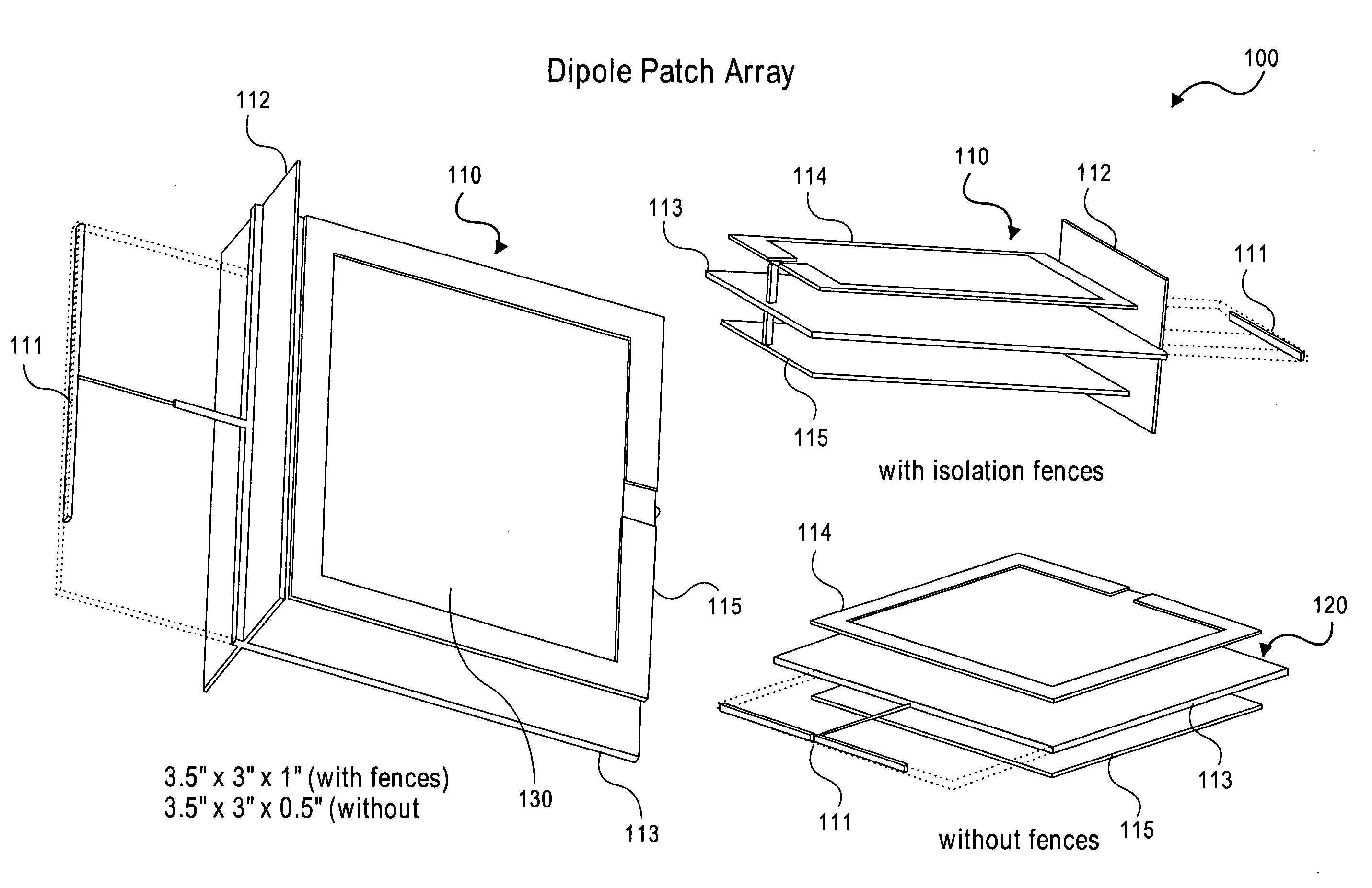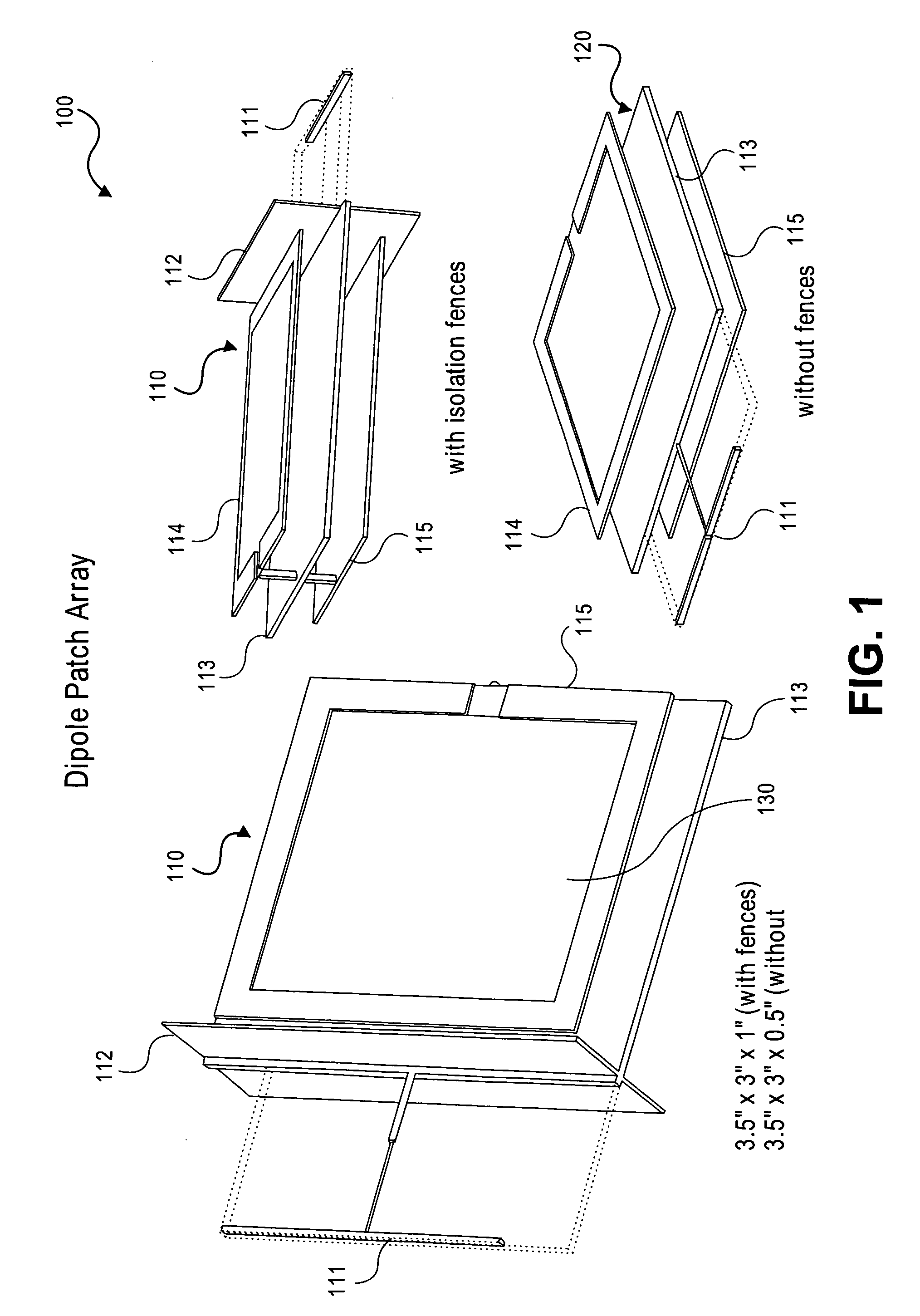Directional antenna configuration for TDD repeater
a repeater and directional antenna technology, applied in the direction of resonant antennas, wireless communication, radiating element structural forms, etc., can solve the problems of difficult to achieve high isolation between antennae, rise to interference problems, additional problems arise, etc., to achieve optimum signal performance, large influence on determining, and analysis of repeater performan
- Summary
- Abstract
- Description
- Claims
- Application Information
AI Technical Summary
Benefits of technology
Problems solved by technology
Method used
Image
Examples
Embodiment Construction
[0029]A directional antenna configuration is disclosed and described herein for a wireless communication node such as a TDD repeater. The exemplary antenna configuration can include a monopole, a dipole, or an alternative omni-directional or quasi omni-directional antenna element or configuration such as an “F” shaped antenna or the like, facing a client side of the repeater and two patch antennae facing the base station side of the repeater. The patch antennae are arranged in parallel relation to each other and in relation to a ground plane arranged therebetween and extending beyond the patch antennae on one side, such as the client side. The client side element can be arranged on the ground plane and, as noted, can be a monopole antenna, a dipole antenna, or the like. The patch antennae are both orthogonally polarized with respect to the client side antenna and are preferably vertically polarized, while the client side antenna is horizontally polarized. Either one of the two patch...
PUM
 Login to View More
Login to View More Abstract
Description
Claims
Application Information
 Login to View More
Login to View More - R&D
- Intellectual Property
- Life Sciences
- Materials
- Tech Scout
- Unparalleled Data Quality
- Higher Quality Content
- 60% Fewer Hallucinations
Browse by: Latest US Patents, China's latest patents, Technical Efficacy Thesaurus, Application Domain, Technology Topic, Popular Technical Reports.
© 2025 PatSnap. All rights reserved.Legal|Privacy policy|Modern Slavery Act Transparency Statement|Sitemap|About US| Contact US: help@patsnap.com



